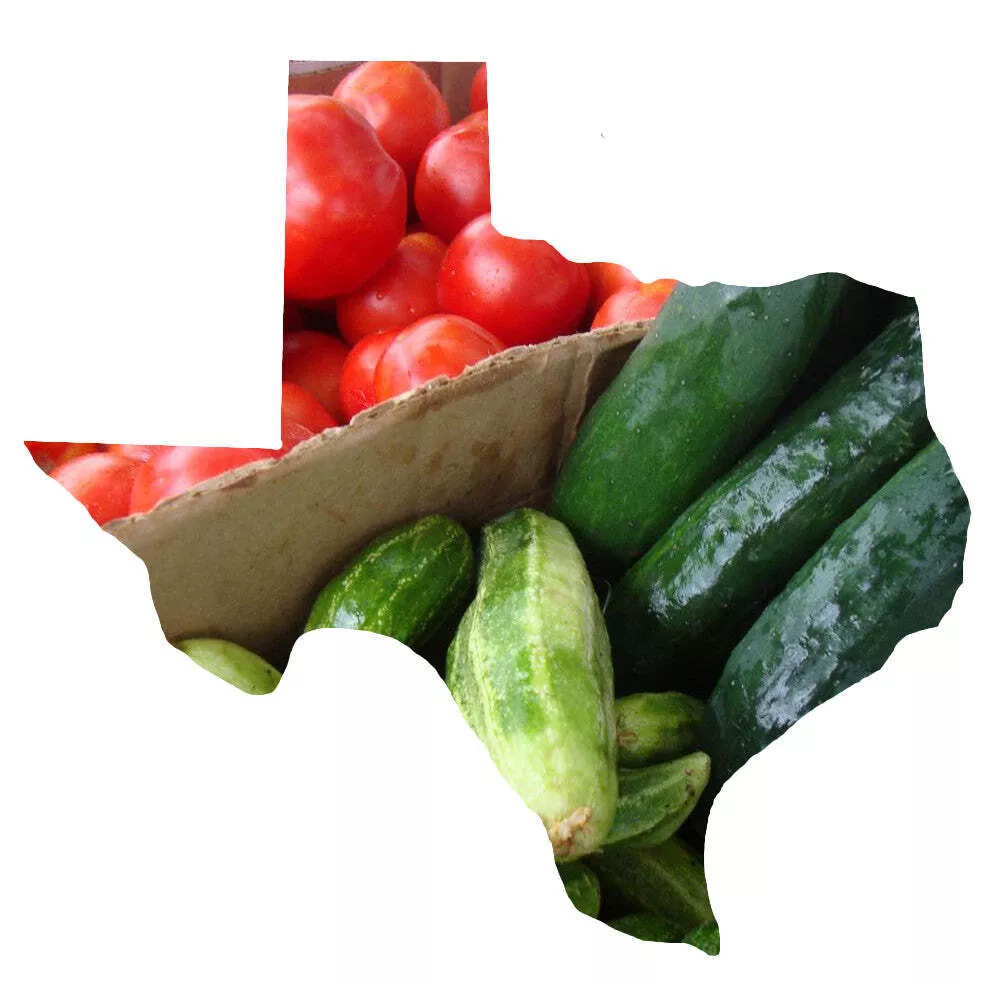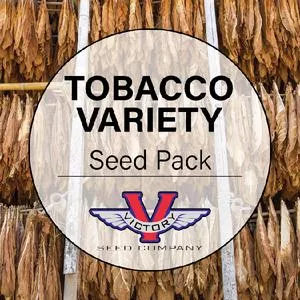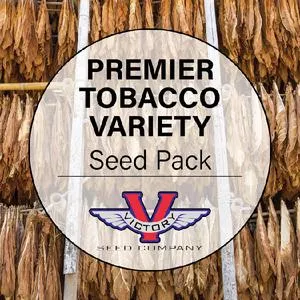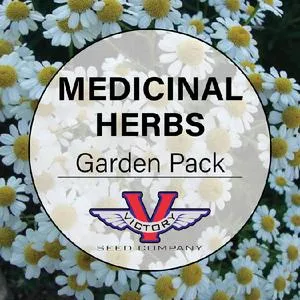Texas Vegetable Garden Pack
Price: $99.95
SKU: 30096061Texas (and its neighboring states) can be a challenging but rewarding environment to grow in. The silver lining of Texas gardening is that the mild winters give the opportunity to grow many greens and cool season crops. During the late spring through the early fall, the temperatures can suddenly get and stay very hot, which means you need to select varieties that withstand the heat. We have chosen our favorite and best-selling varieties for Texas and made them available in this convenient collection.
Place a single order for this item and you will get one packet of each of the items shown below at an overall discount. If you prefer, you can order them individually one by one, by clicking on each item in the list.
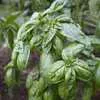 Basil, Italian Large Leaf (Sweet)
Basil, Italian Large Leaf (Sweet)
Sweet basil with large leaves, perfect for pesto and Italian dishes, thrives in full sun.
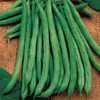 Blue Lake 274 Bush Green Garden Bean
Blue Lake 274 Bush Green Garden Bean
A canner's favorite green snap bean.
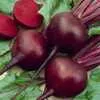 Detroit Dark Red Beet
Detroit Dark Red Beet
Renowned for its sweet, tender roots and versatile use.
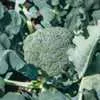 Di Ciccio Broccoli
Di Ciccio Broccoli
An old Italian heirloom broccoli. Compact plants.
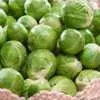 Catskill Brussels Sprouts
Catskill Brussels Sprouts
Large, dark-green and firm sprouts.
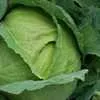 All Seasons Cabbage
All Seasons Cabbage
Heat resistant, fine-flavored and produces good, hard heads.
 Henderson's Tendersweet Carrot
Henderson's Tendersweet Carrot
Distinct, dark-green foliage; 8-10 inches long, taper slightly from the shoulder to a blunt end.
 Snowball Self-Blanching Cauliflower
Snowball Self-Blanching Cauliflower
Self-blanching cauliflower with large leaves and mild flavor.
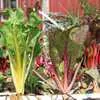 Bright Lights Swiss Chard
Bright Lights Swiss Chard
Award-winning chard with vibrant stems and colors, perfect for salads when harvested young.
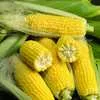 Golden Bantam Sweet Corn
Golden Bantam Sweet Corn
The most popular yellow sweet corn among home gardener's since the beginning of the twentieth century.
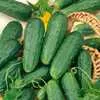 Homemade Pickles Cucumber
Homemade Pickles Cucumber
A heavy producer of solid, crisp fruit.
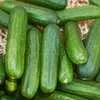 Muncher Cucumber
Muncher Cucumber
Smooth, tender, burpless fruit.
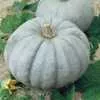 Jarrahdale Winter Squash
Jarrahdale Winter Squash
Originally from Australia, it is similar to 'Sweet Meat'.
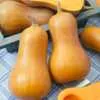 Honeynut Winter Squash
Honeynut Winter Squash
Trendy, flavorful mini butternut squash with high beta carotene, mildew resistance, and superior taste.
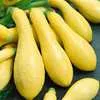 Early Prolific Straightneck Summer Squash
Early Prolific Straightneck Summer Squash
The fruits taper towards the stem end and are a nice lemon yellow color.
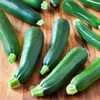 Black Beauty Zucchini Summer Squash
Black Beauty Zucchini Summer Squash
Fruit are harvested at 6 to 8 inches by two inches and dark green.
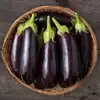 Diamond Eggplant
Diamond Eggplant
Versatile eggplant with sweet flavor, deep purple fruit, and abundant yield.
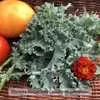 Dwarf Blue Curled Scotch Kale (Vates)
Dwarf Blue Curled Scotch Kale (Vates)
Leaves are finely curled, bluish green, low growing.
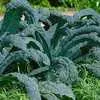 Lacinato, Black or Dinosaur Kale (Nero Di Toscana)
Lacinato, Black or Dinosaur Kale (Nero Di Toscana)
Dark bluish-green, long, narrow, deeply savoyed leaves.
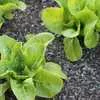 All The Year Round Butterhead Lettuce
All The Year Round Butterhead Lettuce
Medium sized heads stay firm and solid even in hot weather.
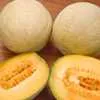 Honey Rock Melon
Honey Rock Melon
Sweet, flavorful melons with tough skin, vigorous plants, and fusarium wilt resistance.
 Red Burgundy Okra
Red Burgundy Okra
Burgundy colored pods, that are tender to about six inches.
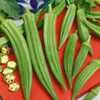 Clemson Spineless 80 Okra
Clemson Spineless 80 Okra
Plants grow 3 to 5 feet tall developing deep-green, straight and spineless ribbed 6 to 9 inch pods. One of the most popular okra varieties.
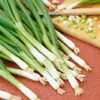 Warrior Bunching Onion
Warrior Bunching Onion
Versatile, disease-resistant onion with zesty flavor, crisp texture, and vibrant green stems.
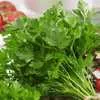 Italian Parsley
Italian Parsley
Deeply cut, dark green leaves with rich flavor, ideal for garnishes, soups, and herbal remedies.
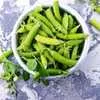 Sugar Snap Pea
Sugar Snap Pea
Vigorous, tall vines produce tasty and tender pods when young.
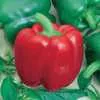 California Wonder (Bell) Pepper
California Wonder (Bell) Pepper
The flesh is thick, mild and sweet flavored.
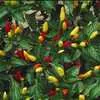 Tabasco Hot Pepper
Tabasco Hot Pepper
Spicy and versatile, these peppers are perfect for hot sauces and spicy dishes.
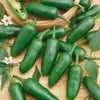 Jalapeno Hot Pepper
Jalapeno Hot Pepper
Dark green, tapered peppers. Good for pickling or fresh.
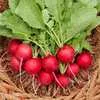 Cherry Belle Radish
Cherry Belle Radish
Quick growing, globe shaped radish with bright red skin and crisp, firm, white flesh.
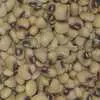 Pinkeye Purple Hull BVR Southern Pea
Pinkeye Purple Hull BVR Southern Pea
Early-maturing, virus-resistant pea with easy-to-pick purple pods.
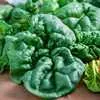 Bloomsdale Longstanding Spinach
Bloomsdale Longstanding Spinach
Early, dark green, crumpled leaves can be sown in spring or fall.
 Sunflower, Giant Greystripe
Sunflower, Giant Greystripe
Used as a snack, or add to bread, rolls, or as a topping to a green salad.
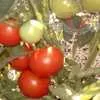 Extreme Bush Tomato
Extreme Bush Tomato
50 days, determinate, compact plants with curled leaves, prolific red globe-shaped 3 oz fruit.
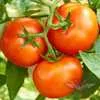 Creole Tomato
Creole Tomato
Heat-tolerant, crack-resistant, 3" tomatoes mature in 70-75 days, ideal for slicing.
Place a single order for this item and you will get one packet of each of the items shown below at an overall discount. If you prefer, you can order them individually one by one, by clicking on each item in the list.
 Basil, Italian Large Leaf (Sweet)
Basil, Italian Large Leaf (Sweet)Sweet basil with large leaves, perfect for pesto and Italian dishes, thrives in full sun.
 Blue Lake 274 Bush Green Garden Bean
Blue Lake 274 Bush Green Garden BeanA canner's favorite green snap bean.
 Detroit Dark Red Beet
Detroit Dark Red BeetRenowned for its sweet, tender roots and versatile use.
 Di Ciccio Broccoli
Di Ciccio BroccoliAn old Italian heirloom broccoli. Compact plants.
 Catskill Brussels Sprouts
Catskill Brussels SproutsLarge, dark-green and firm sprouts.
 All Seasons Cabbage
All Seasons CabbageHeat resistant, fine-flavored and produces good, hard heads.
 Henderson's Tendersweet Carrot
Henderson's Tendersweet CarrotDistinct, dark-green foliage; 8-10 inches long, taper slightly from the shoulder to a blunt end.
 Snowball Self-Blanching Cauliflower
Snowball Self-Blanching CauliflowerSelf-blanching cauliflower with large leaves and mild flavor.
 Bright Lights Swiss Chard
Bright Lights Swiss ChardAward-winning chard with vibrant stems and colors, perfect for salads when harvested young.
 Golden Bantam Sweet Corn
Golden Bantam Sweet CornThe most popular yellow sweet corn among home gardener's since the beginning of the twentieth century.
 Homemade Pickles Cucumber
Homemade Pickles CucumberA heavy producer of solid, crisp fruit.
 Muncher Cucumber
Muncher CucumberSmooth, tender, burpless fruit.
 Jarrahdale Winter Squash
Jarrahdale Winter SquashOriginally from Australia, it is similar to 'Sweet Meat'.
 Honeynut Winter Squash
Honeynut Winter SquashTrendy, flavorful mini butternut squash with high beta carotene, mildew resistance, and superior taste.
 Early Prolific Straightneck Summer Squash
Early Prolific Straightneck Summer SquashThe fruits taper towards the stem end and are a nice lemon yellow color.
 Black Beauty Zucchini Summer Squash
Black Beauty Zucchini Summer SquashFruit are harvested at 6 to 8 inches by two inches and dark green.
 Diamond Eggplant
Diamond EggplantVersatile eggplant with sweet flavor, deep purple fruit, and abundant yield.
 Dwarf Blue Curled Scotch Kale (Vates)
Dwarf Blue Curled Scotch Kale (Vates)Leaves are finely curled, bluish green, low growing.
 Lacinato, Black or Dinosaur Kale (Nero Di Toscana)
Lacinato, Black or Dinosaur Kale (Nero Di Toscana)Dark bluish-green, long, narrow, deeply savoyed leaves.
 All The Year Round Butterhead Lettuce
All The Year Round Butterhead LettuceMedium sized heads stay firm and solid even in hot weather.
 Honey Rock Melon
Honey Rock MelonSweet, flavorful melons with tough skin, vigorous plants, and fusarium wilt resistance.
 Red Burgundy Okra
Red Burgundy OkraBurgundy colored pods, that are tender to about six inches.
 Clemson Spineless 80 Okra
Clemson Spineless 80 OkraPlants grow 3 to 5 feet tall developing deep-green, straight and spineless ribbed 6 to 9 inch pods. One of the most popular okra varieties.
 Warrior Bunching Onion
Warrior Bunching OnionVersatile, disease-resistant onion with zesty flavor, crisp texture, and vibrant green stems.
 Italian Parsley
Italian ParsleyDeeply cut, dark green leaves with rich flavor, ideal for garnishes, soups, and herbal remedies.
 Sugar Snap Pea
Sugar Snap PeaVigorous, tall vines produce tasty and tender pods when young.
 California Wonder (Bell) Pepper
California Wonder (Bell) PepperThe flesh is thick, mild and sweet flavored.
 Tabasco Hot Pepper
Tabasco Hot PepperSpicy and versatile, these peppers are perfect for hot sauces and spicy dishes.
 Jalapeno Hot Pepper
Jalapeno Hot PepperDark green, tapered peppers. Good for pickling or fresh.
 Cherry Belle Radish
Cherry Belle RadishQuick growing, globe shaped radish with bright red skin and crisp, firm, white flesh.
 Pinkeye Purple Hull BVR Southern Pea
Pinkeye Purple Hull BVR Southern PeaEarly-maturing, virus-resistant pea with easy-to-pick purple pods.
 Bloomsdale Longstanding Spinach
Bloomsdale Longstanding SpinachEarly, dark green, crumpled leaves can be sown in spring or fall.
 Sunflower, Giant Greystripe
Sunflower, Giant GreystripeUsed as a snack, or add to bread, rolls, or as a topping to a green salad.
 Extreme Bush Tomato
Extreme Bush Tomato50 days, determinate, compact plants with curled leaves, prolific red globe-shaped 3 oz fruit.
 Creole Tomato
Creole TomatoHeat-tolerant, crack-resistant, 3" tomatoes mature in 70-75 days, ideal for slicing.
Customer Reviews:
Do you have experience with this one? 📝 📣 Write a review!
No reviews have been posted yet.

